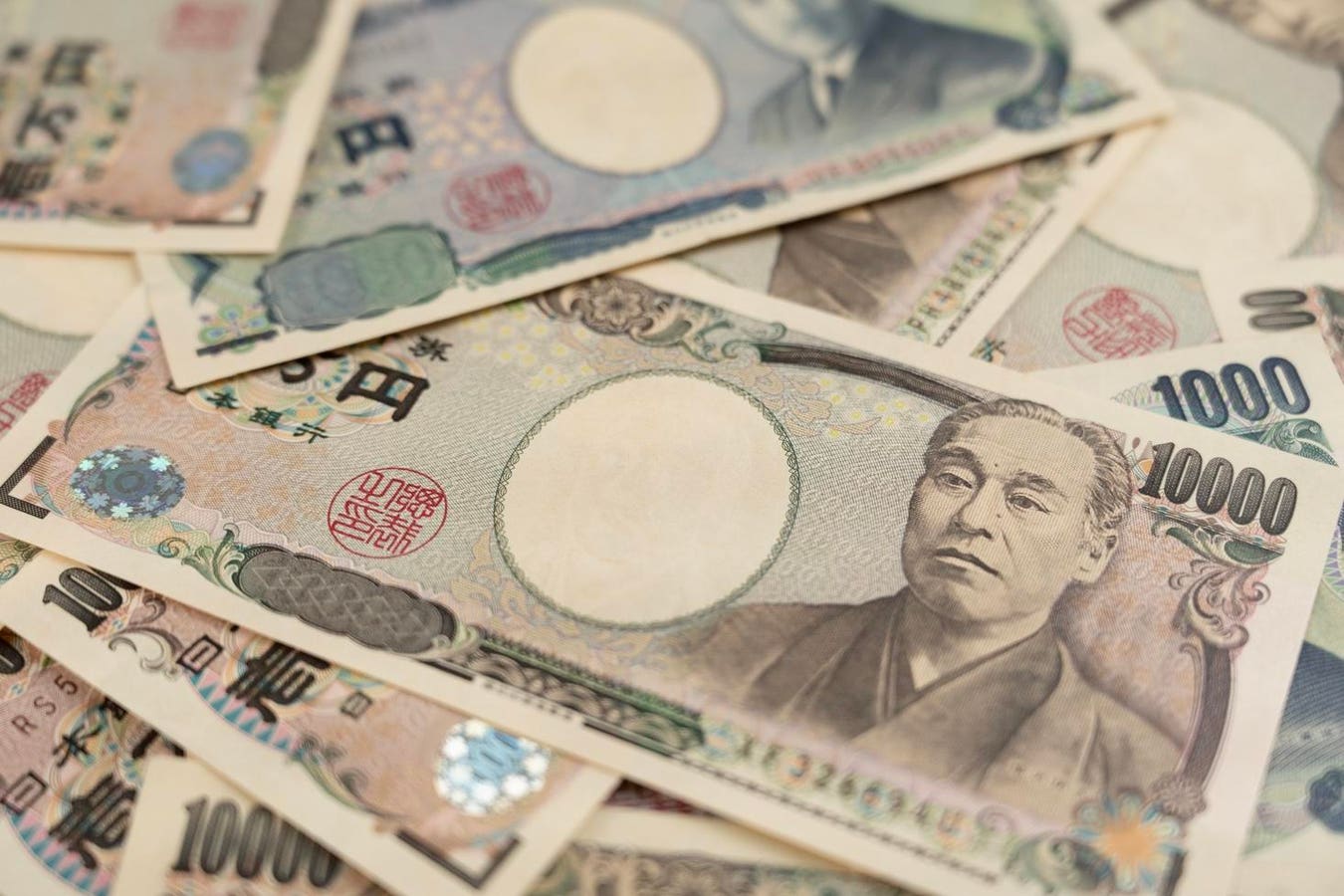getty
Global bond markets can breathe a little easier following Japan’s successful sales of 30-year debt on Thursday.
A low bar, perhaps, but then Japanese government bond (JGB) auctions over the last six weeks have tended to make global headlines for all the wrong reasons. Weak demand for a 20-year JGB sale in mid-May rocked markets everywhere.
That auction attracted the fewest bids since 2012. The fact it happened at a moment when U.S. yields were spiking higher thanks to President Donald Trump’s tariffs amplified the reaction in markets.
By some measures, it was the sloppiest Japanese sale since 1987. The “tail,” the gap between the average and lowest-accepted price, was the widest in 38 years. Japan’s sale of 40-year bonds later that month didn’t exactly pull in the bids either.
Clearly, Prime Minister Shigeru Ishiba didn’t help things by saying in May that Japan’s deteriorating finances are “worse than Greece.” Talk about putting Japan in global headlines for all the wrong reasons.
Hence the relief this week. The so-called bid-to-cover ratio, a key barometer of demand, was the best since February — 3.58.
Last month, the Ministry of Finance announced plans to curtail the size of auctions given the risk of more flops. It reduced its offerings of 20-, 30-, and 40-year debt by about $22 billion from now until March 2026. To further smooth things over, the Bank of Japan is scaling back its “quantitative tightening” ambitions.
Yet, a bull market in uncertainty plagues not just the JGB and U.S. Treasury markets but debt bourses everywhere. That’s because no one knows whether Trump’s trade war is winding down or about to kick into a higher gear.
On July 9, the globe will wait with bated breath for Trump’s decision on “reciprocal” tariffs. That’s the day his delay on imposing huge import taxes on foes and friends alike expires. Much of the turmoil in debt markets is related to worries that tariffs will send global inflation sharply higher
Tokyo is already grappling with a 3.7% year-on-year inflation rate, nearly double the Bank of Japan’s 2% target. Anything that exacerbates inflation will put more pressure on the BOJ to continue tightening. Yet with growth contracting 0.2% in the first quarter year on year — and likely to shrink further in the second — big hiking rates could do more harm than good.
For all the talk of stagflation in the U.S., Japan may be even more susceptible to this most dreaded of dilemmas. If so, the odds of increased government spending rise exponentially. That could put upward pressure on bond yields, boosting borrowing costs for the developed nation with the biggest debt burden.
There’s an argument that JGBs are less vulnerable than peers because about 88% of outstanding issues are held domestically. This gives rise to a mutually-assured destruction dynamic. If JGB yields rose to 2% or 3%, banks, insurance companies, pension funds, endowments, the postal system and the growing ranks of retirees would suffer painful losses. So, the collective incentive is to hold onto debt issues rather than selling.
Yet with Trump mulling new shocks to the global financial system, the JGB market is decidedly in harm’s way. So is, by extension, the so-called “yen carry trade.”
A quarter century of zero rates has made Japan into the top creditor nation. It became common practice for investment funds everywhere to borrow cheaply in yen to bet on higher-yielding assets around the globe. That’s why this trade going awry has been known to blow up hedge funds here and there.
The good news is that Japan’s debt auctions are now attracting enough demand to calm nerves — and placate the bond vigilantes. The bad news is that all bets could be off if Trump decides to make trade wars great again.
